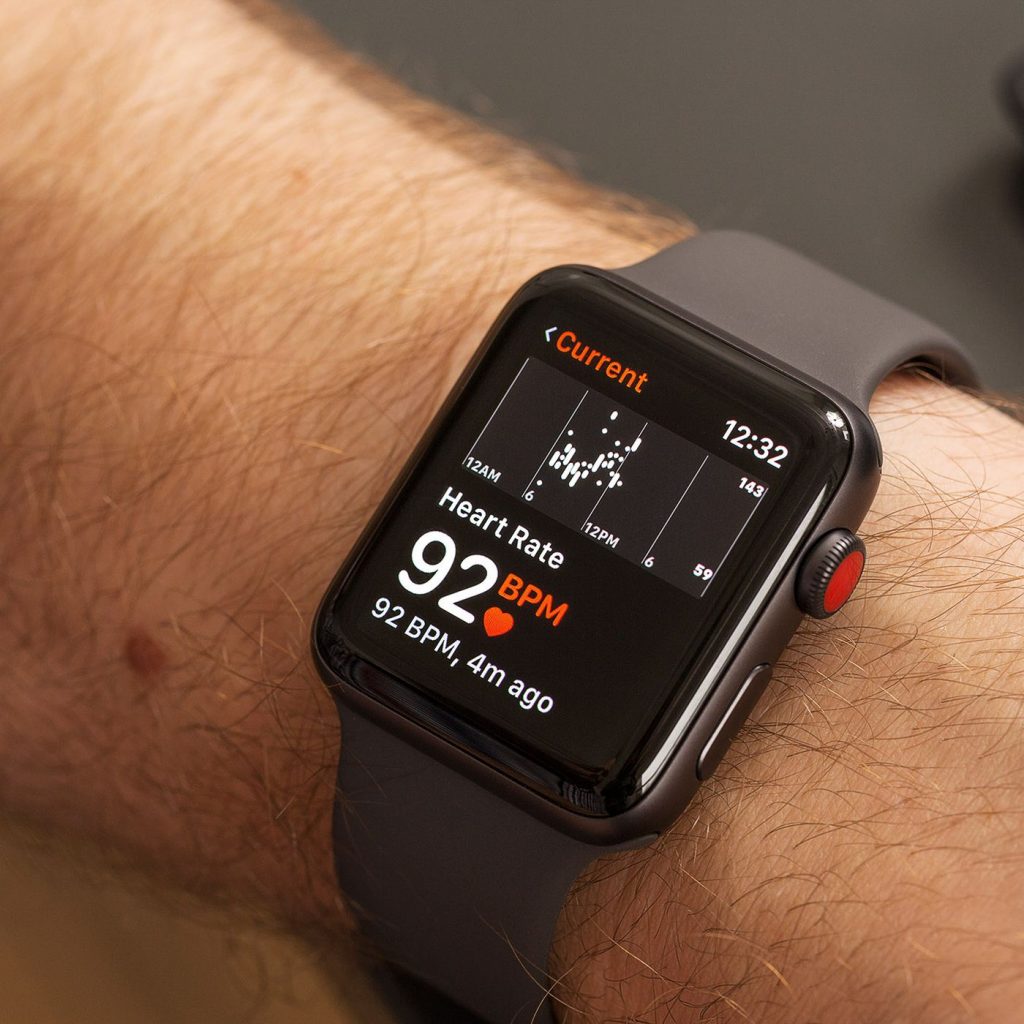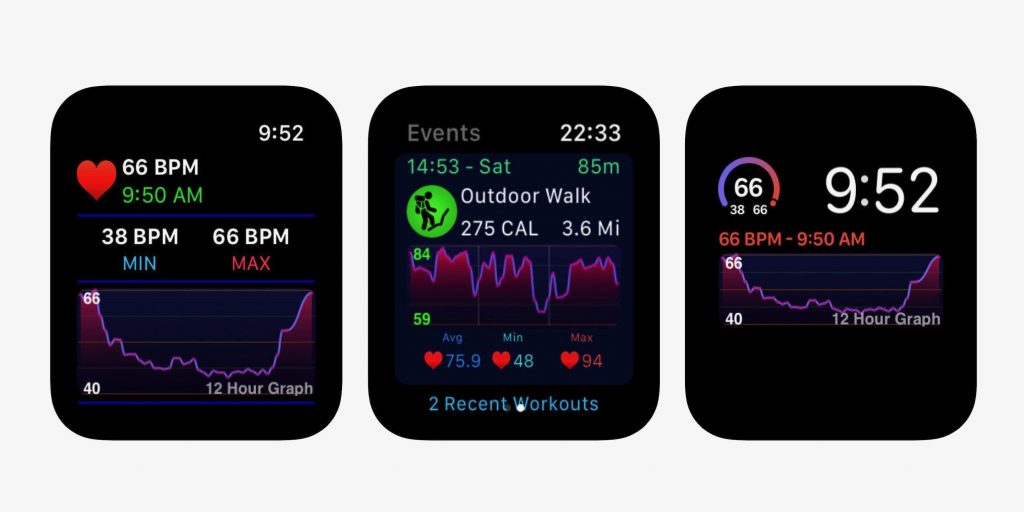With Apple Watch’s latest tools, you can now accurately and precisely monitor your heart’s functioning from the comfort of your wrist. This is a significant advancement in the field of scientific advances to improve the safety factor of one’s heart health.
Staying up to date with your heart with the Apple Watch will provide you with enhanced care and evaluation to assist you in making timely and informed decisions based on the information given by the watch. But how accurate is Apple Watch heart rate feature? Here you can discover everything about it; thus, let’s get started!

How Accurate Is Apple Watch Heart Rate
When it comes to the heart monitoring features of the Apple Watch, the first thing that comes to mind is the accuracy of its heart rate feature.
The cardiac monitoring function on the Apple Watch is undoubtedly a fantastic feature, but like all other gadgets, it may not always be precise. The watch works well for daily monitoring of your heart health throughout exercise and breathing sessions and sends alerts in the event of any irregularities.
In addition, compared to wrist monitoring watches from other brands, Apple watches consistently maintain the highest accuracy in their readings. An Apple Watch may save many lives based on the reality of heart problems and cardiac failures.
What Is the Apple Watch Heart Monitor?
The system used in this instance is based on optical sensors at the wrist level. The Apple Watch uses light-sensitive photodiodes and green LED lights on the area of the shell that meets the skin.
Because blood absorbs green light while reflecting red light, it appears red in hue. The green light from the LEDs is absorbed when blood passes through the wrist; hence, the greater the absorption, the more blood is pumped, and consequently, the faster the heart rate. So, heart rate and overall wellness are monitored using this method.
Newest updates
The Apple Watch Series 4’s most recent upgrades allow users to do an ECG using collected data. The embedded electrodes in the Digital Crown on the watch’s back are responsible for the ECG or EKG recording.
By placing your finger on the Digital Crown, you can conduct electrical impulses from your chest, which are then shown as an electrocardiogram on the Heart App.
This is far faster and more practical than going to the hospital for an ECG. The Apple Watch is a decent option for a general routine check-up; however, hospital ECGs are more precise with their deeper analysis.
What Can Be Done to Improve Watch Accuracy?
The burning question, how accurate is Apple Watch heart rate, is followed by how can you improve the accuracy?
The readings vary greatly since the watch may not be worn tightly, especially when engaging in vigorous exercise. The increased arm movements during intense exercise result in little skin-to-photoreceptor cell contact.
As a result, readings taken during vigorous exercise and arm motion are more likely to be inaccurate. Using a comfortable fit to tighten the watch band is an easy and efficient way to increase accuracy. The rear case must always be in contact with your skin for the photodiodes to work at their best.
In addition, a few other elements also affect how accurate the watch is. Sweat buildup at the watch’s back damages the sensors’ sensitivity and makes the back slick enough to move during continuous readings. You can use a microfiber cloth to prevent sweat from forming on the back.
Read More: Can Apple Watch Check Your Temperature?

Features of the Heart App
Apple has created a unique and practical device to enhance cardiovascular health. It provides notifications to keep you informed about your heart, all thanks to its many capabilities connected through the Heart App.
Heart rate
The Heart App for Apple Watch keeps a detailed heart rate record. Additionally, it looks for low or high background rates and notifies you accordingly. Through this feature, tachycardia and bradycardia may be identified.
Arrhythmias and fibrillations
This function keeps track of any instances of atrial fibrillations to alert you early on that prompt medical attention may save your life.
If your heart rate or beat intervals change while you’re at rest, irregular rhythm notifications will let you know. If not treated on time, such irregular heartbeats may result in cardiac failure and stroke.
ECG or EKG
A new and enhanced ECG technology was added to the Apple Series 4 that creates an electrocardiogram by capturing electrical signals from the chest.
The waveform, date, time, and any symptoms are also provided for a thorough overview of how your heart works.
Arrhythmias, sinus rhythms, heart blockages, etc., may be simpler to diagnose with the help of the Heart App. However, ECGs taken with a chest strap are more precise and trustworthy.
Also Read: Does Apple Watch Count Steps?
Using the Apple Watch Heart Monitor
In general, the Apple Watch can monitor heart functions, rates, and health. It gives you a thorough analysis of your heart to make important decisions quickly. If you’re searching for better precision, try pairing the Apple Watch with a chest strap.
Most users rely on wrist monitors during workouts, breathing sessions, and hard fitness sessions to measure their heart activity in quite a restricted range. The heart monitor feature can be quite helpful for patients with pacemakers or heart attack histories.
For anyone, recognizing atrial fibrillation or a missed heartbeat could save their life. On the Apple Watch, incorrect findings might occasionally cause alertness and worry without apparent cause.
Conclusion
Now that you have learned how accurate is Apple Watch heart rate, it all boils down to how carefully and correctly you use the watch.
If any symptoms are noticed, consult a doctor immediately because they have far more training and experience than any gadget or smartwatch available on the market. You will receive an adequate diagnosis and treatment for whatever problem occurs.